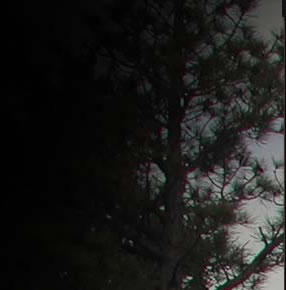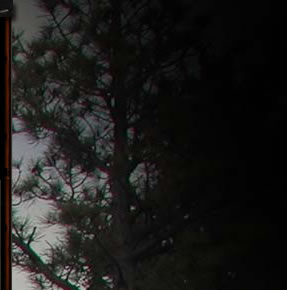


BEWARE BARREL LAPPING
Barrel lapping is a very bad idea in the Savage 10ML-II, and is not recommended by Henry Ball-- or such championship barrel makers such as Dan Lilja of Lilja Precision barrels. "Fire lapping" is perhaps the worst approach. Barrel lapping needlessly takes life out of your barrel, and can give you ignition problems as well.
Savage 10ML-II barrels are manufactured to the strictest standards in the muzzleloading industry, with the bore having a rifling depth of .004" +0 / -.0005". Firelapping from the breech end is sloppy-- how do you know when it is "enough"? By nature, you will remove more metal from the breech end than from the muzzle, and you'll be hard pressed to possibly know how much, and how far.
Polyethylene sabots are very slick, having a very low coefficient of friction. You need enough backpressure with smokeless powder to sustain a complete powder burn. Opening up the barrel gives you the likelihood of experiencing misfires with lighter bullets, or with some single base powders that are harder to ignite. Not only is it a waste of time, has never been shown to give any accuracy benefit, it can either ruin your barrel, or severely restrict your weight of projectile choice, or your powder choices.
If you are the type of individual that just can't leave well enough alone, the "J-B Bore Treatment," a very low abrasive non-embedding paste available from Brownells, it the only method that of smoothing a barrel that makes any sense. Widely used by the bench rest community, it is more of a thorough barrel cleaning than anything else. It may make a few saboted projectiles easier to load, but that's about it. Individual sabots have their own manufacturing tolerances, and for most-- rather than stroke your bore 200 times, it just makes sense to use saboted projectiles that fit your bore properly in the first place rather than going the garage gunsmithing route. Bore lapping, particularly "fire-lapping," is both sloppy and irreversible.
© 2004 by Randy Wakeman

Custom Search

